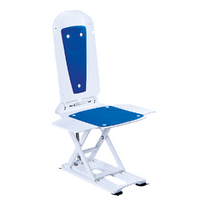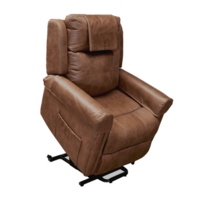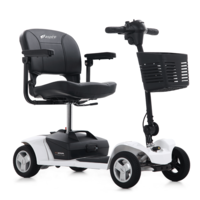Top Tips for Downsizing
Whether you’re downsizing for financial or lifestyle reasons (or a mix of both), the process of reducing your possessions and moving into a smaller space takes time. So when it comes to downsizing, where do you even start?
The size of your new home will determine by how much you need to reduce your possessions. As soon as you start thinking about downsizing, set yourself the task of going through one drawer, cupboard or room at a time. And don’t underestimate how long this process will take, especially if you have a large collection of items to go through.
More than a place you live, a home holds a collection of memories, treasured items and things that reflect a specific version of ourselves. Allowing yourself plenty of time to let go will mean when the move happens you’ll feel ready to embrace this new stage.
#1 Be prepared to let go
It’s only natural to feel a sense of attachment to your possessions. After all, these are things that have been used daily, weekly or monthly for years or even decades. Allow yourself to feel whatever emotions come up, but then give yourself permission to let go.
If you feel conflicted about parting with an item that you no longer need, but that holds sentimental attachment, take a photo of it. One study from America suggests looking at a picture of a treasured item can evoke the same memories as the item itself.
Another way to help let go of stuff is to see it as getting a better sales outcome for your home. Homes with less stuff in them tend to sell more quickly or for more money as buyers can visualise themselves more easily in the home.
#2 Plan out the process
Downsizing can take a lot longer than you think and it’s easy to lose sight of the end goal. Set yourself some milestones so you can break it down into manageable tasks.
These milestones might include:
- Downsizing by room or section
- Readying your house for sale
- Arranging removalists and the collection of unwanted goods
- Moving, unpacking and setting up your new home
Make the process easier and stay accountable by:
- Diarising the days you’re going to do certain tasks
- Having clearly marked boxes to sort items to keep, donate, give away and sell
- Creating zones in your home for things you’re no longer keeping before you remove them from the house – a spare room or garage is ideal so they’re out of sight
#3 Make a plan for your unwanted items
Family and friends
One way to pass on unwanted items is to offer them to family and friends, such as a younger person moving into their first home or someone for whom the item is suited.
Just remember, while your possessions may hold value for you, others may not see them the same way. Pass them on, by all means, but avoid placing any obligation on the person to keep it.
If you’re storing items for children or other family members, arrange a time for them to go through these things and take what they want. Emphasise that you won’t be able to store them at your new home and that they need to collect anything they want by a certain date.
Selling
If the item has value, you can try selling it. There are a number of ways you can do this – online via Ebay or Gumtree, buy and sell groups on Facebook, or a garage sale.
Just consider the effort and time that selling takes. It may be better to just donate or give away items rather than have the hassle of meeting buyers or arranging postage.
Donating
Charities and secondhand stores rely on donated goods to raise funds and provide services for vulnerable people. These services will readily accept furniture, clothes and household items in resellable condition.
Larger charities will often provide a collection service if you have bulky furniture or quite a number of boxes.
Hard rubbish collection
For items that aren’t good enough to donate, arrange hard rubbish collection through your local council or a private skip bin. Book this for a week or two before your move for anything that won’t be coming with you.
#4 Embrace the fresh start
Moving and downsizing can bring up a lot of emotions as you say goodbye to the home you’ve created so many memories in. But it’s also an opportunity for a fresh start, a chance to take up new hobbies, and embrace the next stage of your life.
With fewer things to manage, you’ll spend less time tidying and find it easier to locate what you need. Less visual clutter has also been linked to improved mental health.



























